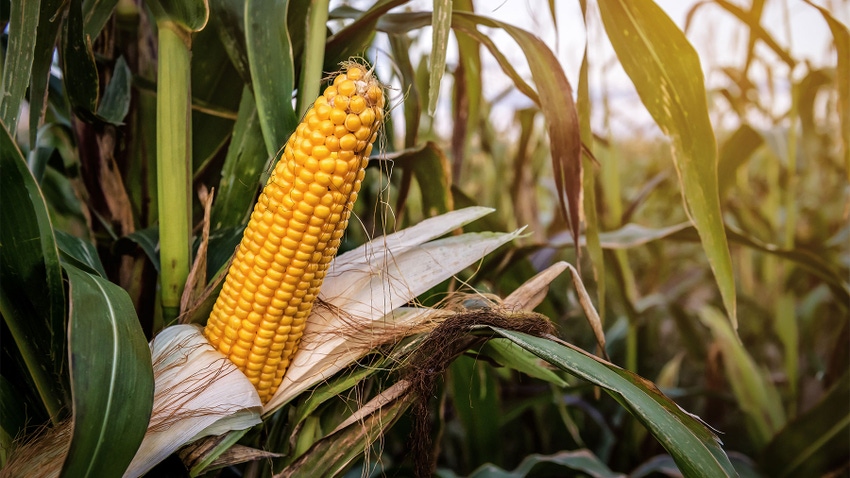
At a Glance
- Of the 1,210 valid referendum ballots, 627 producers voted no, representing 52% of those voting and 57% of production.
- The assessment remains at 1 cent per bushel of Michigan corn through Feb. 28, 2028.
- CMPM was established in 1993, and the checkoff generates about $2.38 million each year, depending on yields.
Michigan corn growers, at least those who voted, said no to increasing the checkoff from 1 cent to 2 cents per bushel, the Michigan Department of Agriculture and Rural Development announced Feb. 27.
Additional funding was needed, says Matthel Holysz, Vicksburg farmer and president of the Corn Marketing Program of Michigan, to increase support of the U.S. Grains Council, increase CMPM’s ability to work with other states and to fund work with Sustainable Aviation Fuel (SAF).
“That market is in its early infancy right now,” Holysz adds. “It's going to take a few dollars to get it up and going but has a huge potential for corn grind probably seven to 10 years down the road.”
CMPM was established in 1993 and utilizes the checkoff to improve grower profitability through market development, promotion and research to expand corn yields and its uses. The checkoff generates about $2.38 million each year depending on yields.
More than 50% of the producer votes cast, representing more than 50% of the total number of bushels represented on the cast ballots, were needed to approve the amendment.
Of the 1,210 valid referendum ballots (107 were disqualified as invalid), 627 producers voted no, representing 52% of those voting and 57% of production — while 583 producers, representing 48% of the total, voted yes, representing 43% of production.
What the vote means
Without the increase, certain areas may not be funded at the same level as in years past. “Research dollars may get nicked a bit, just because the cost of doing business has gone up,” Holysz says. “Stuff doesn't cost what it did 20 years ago.”
The additional funding could have allowed CMPM to possibly hire extra staff dedicated to certain areas, such as ethanol or the U.S. Grains Council, Holysz notes.
“Staff are spread fairly thin, and it's difficult to expend the manpower to be able to fully delve into certain subject matters,” he says. “Our staff is splitting their time, which I think as an organization, we do a great job with the funds we have. But, to keep the organization moving forward, it's eventually going to take more money to operate and stay effective.”
The board is evaluating the current situation and whether to ask for an assessment increase in the future. “We will not be able to provide additional proposed funding for the work of our export partners [U.S. Grains Council and U.S. Meat Export Federation] or toward helping to ensure sustainable aviation fuel becomes a reality for Michigan growers,” explains Jim Zook, CMPM executive director.
Past efforts to increase the checkoff assessment failed in 2014 with a proposed 1-cent referendum, and in a 2016 referendum that sought a half-cent increase.
The assessment remains at 1 cent per bushel of Michigan corn through Feb. 28, 2028, as a result of a successful referendum in February 2023 to continue the program.
“As a marketing board, we have not done a good enough job explaining to our checkoff members what their penny does for them,” says Holysz, who notes it has become a priority for the board this year. “Whether that’s how we're tied in with National Corn and the initiatives we work on together or what we’re doing in our own state, from funding research or Ag in the Classroom, or looking for new export markets, determining the highest corn rations for livestock, or marketing the co-products from ethanol. It’s all focused on improving the grower’s bottom line.”
The message to growers
Zook says the checkoff program is there to protect and expand existing markets and develop new markets to improve the profitability of corn farming. “We're the only organization working solely on behalf of corn farmers, and we have a proven record of success on behalf of our growers,” he says, while noting some key points:
Every dollar invested in international market development through the U.S. Grains Council returns $23 in value to U.S. corn farmers.
The checkoff plays a critical role in protecting and building the ethanol industry, which is responsible for 27 cents per bushel of the price of corn each year.
About the Author(s)
You May Also Like






